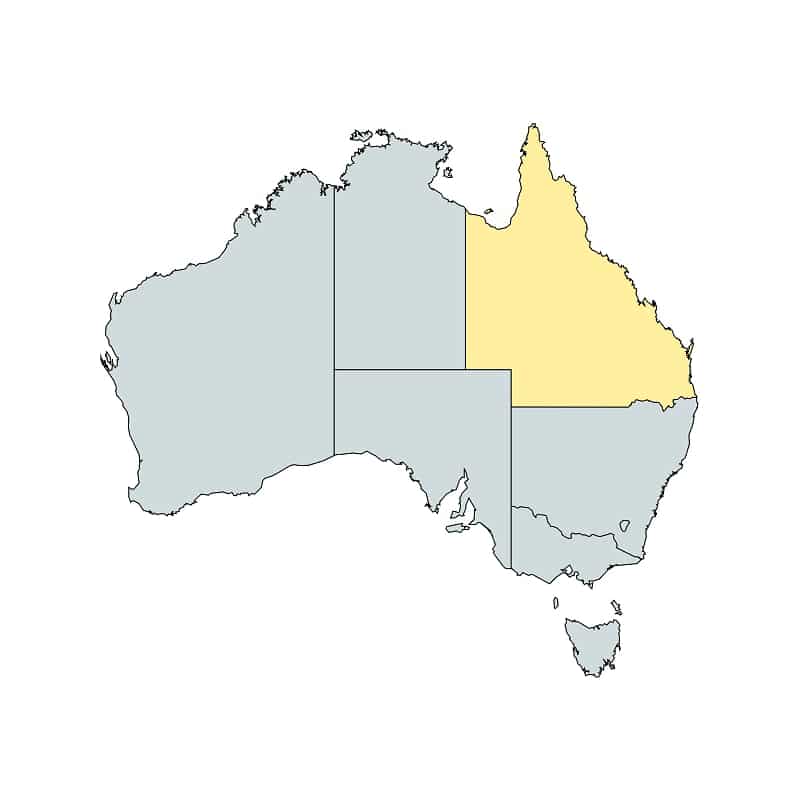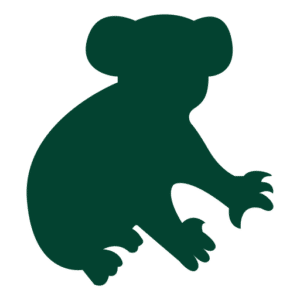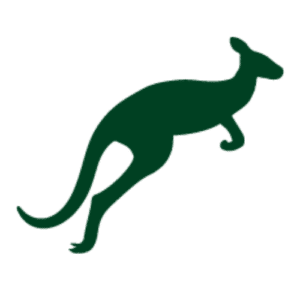Ronda and Denis Green are the owners of Araucaria, a property situated in Running Creek in southeast Queensland. The property is an off-grid, solar powered residence and tourism site, running eco-tours which include platypus spotting, nature trails and a wildlife ecology centre. The property is also a dedicated wildlife sanctuary registered with Land For Wildlife, and the forested parts of the block are protected in-perpetuity by a vegetation conservation covenant.
Ronda and Denis plan to develop their tourism enterprise for more tour groups, school groups and visitors, and hope to offer citizen science opportunities such as faunal surveys to tourists. Ronda has a PhD in zoology and conducts research of seed-dispersing rainforest birds on the property and in nearby national parks.
Araucaria spans 35 hectares of steeply sloping land adjacent to Mount Chinghee National Park. The property has around 1 kilometre of frontage on to Running Creek, with some flat land surrounding the riparian zone. The block is largely forested, with a small area comprised of pasture for horses.
Vegetation is characterised by seasonally dry rainforest, with some regenerated rainforest. The dominant species is forest red gum (Eucalyptus tereticornis) with a grassy understorey and the riparian zone is largely vegetated with sheoak.
An wide range of wildlife is found on the property including red-necked (Thylogale thetis) and red-legged (Thylogale stigmatica) pademelons, brush-tailed phascogales (Phascogale tapoatafa), brushtail possums (Trichosurus vulpecula), squirrel (Petaurus norfolcensis) and feathertail (Acrobates pygmaeus) gliders, koalas (Phascolarctos cinereus), antechinuses, dunnarts, short-beaked echidnas (Tachyglossus aculeatus), northern brown bandicoots (Isoodon macrourus), platypuses (Ornithorhynchus anatinus) and an array of native birds.
Reptiles are abundant and include carpet pythons (Morelia spilota), brown (Boiga irregularis) and green (Dendrelaphis punctulatus) tree snakes, blind snakes (Anilios spp.), bandy-bandy snakes (Vermicella annulata), lace monitors (Varanus varius), and freshwater turtles. The riparian zone is also home to various native frogs, eels, catfish and smelt.





